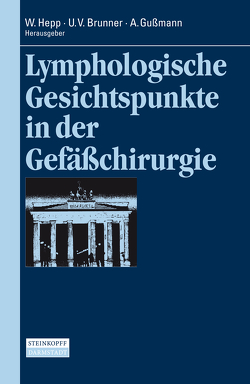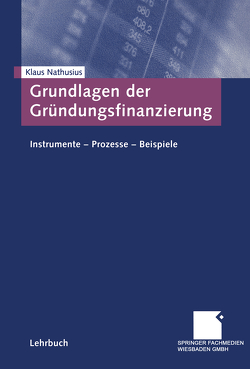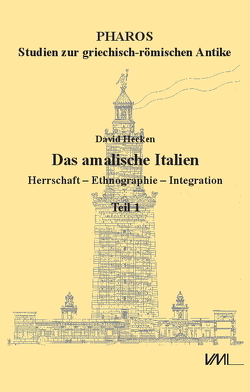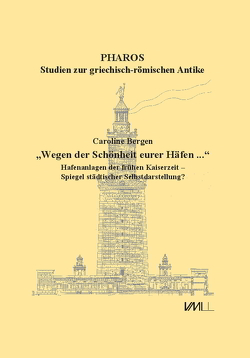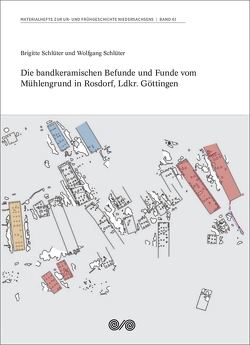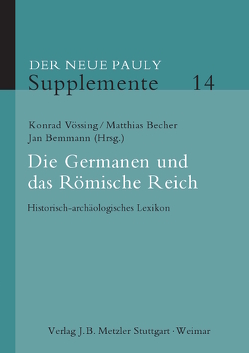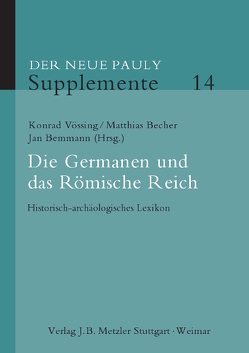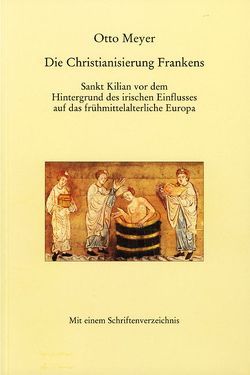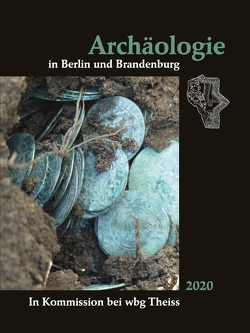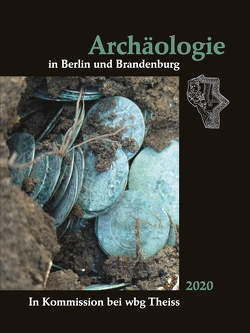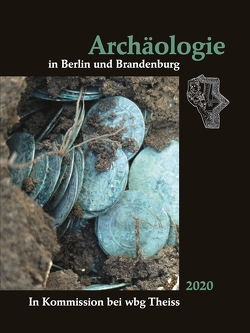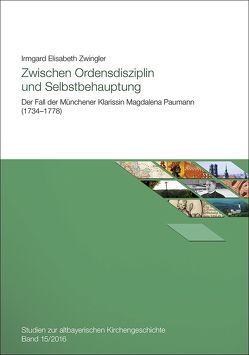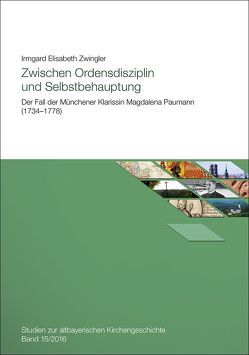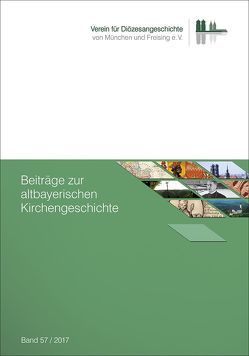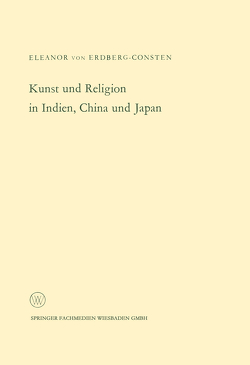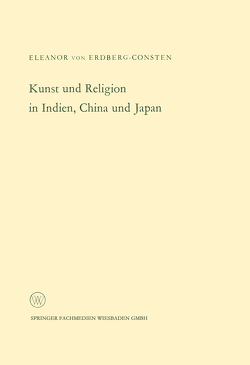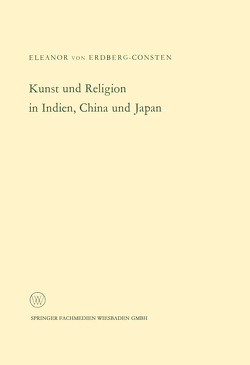Studien zum christlichen Einfluss auf die materielle Kultur der Merowingerzeit
Christliche Symbole auf Grabbeigaben aus Gräberfeldern in West- und Süddeutschland
Michael Odenweller
Merovingian cemeteries contain grave goods with 5 types of [potentially] Christian motifs [cross/christogram/inscription, mask/winged being/orans, quadruped/bird/fish/griffin, human being between animals/horseman, tree of life] and functional Christian objects [cross, capsule pendant, disc brooch with sheet metal decoration, obolus coin]. They provide a rare opportunity for studying the influence of religion on material culture, for which purpose a catalogue of 484 graves from 31 cemeteries was analysed. Up to now the “Germanic” nature of the necropoleis and the dichotomy Christianity-paganism, the latter without safe evidence after the early 5th century A.D., have been overestimated. Admittedly, the degree of Christian organisation remained low, and there were hardly any supra-regional Christian burial norms, since Christians adapted themselves, ever since antiquity, to their specific environment. Christian motifs cluster on daily worn objects such as belts and fibulae and can be interpreted as personally chosen symbols of redemptive expectation and as an apotropaic. Their appearance in 2-6 % of graves, with a focus on women and mature adults, can be explained by their wealth in metal.

